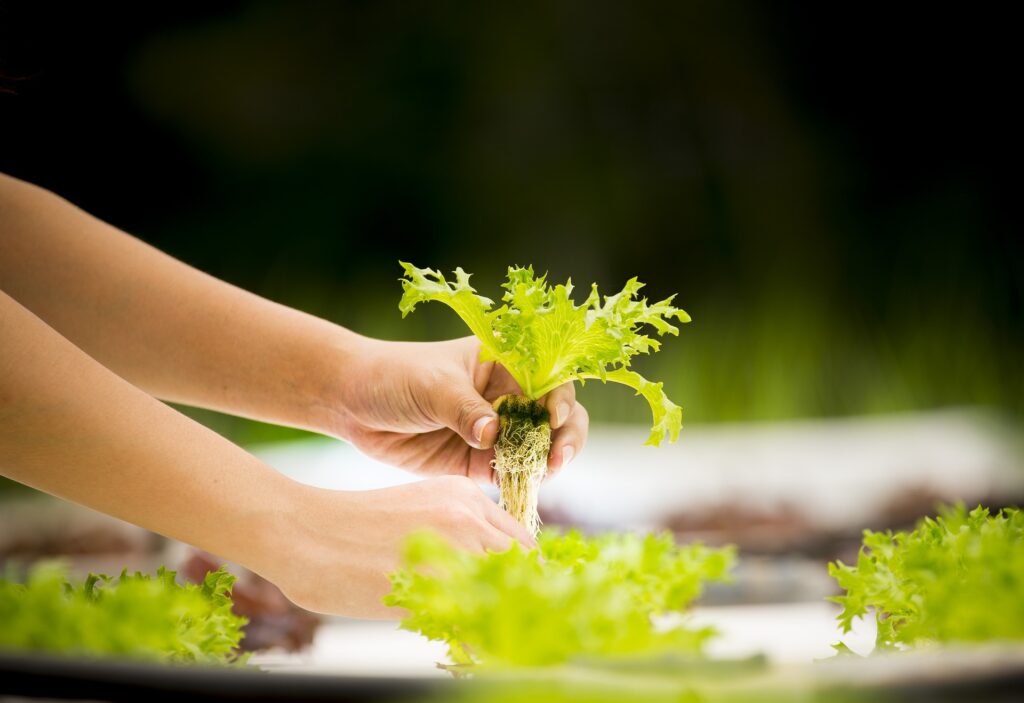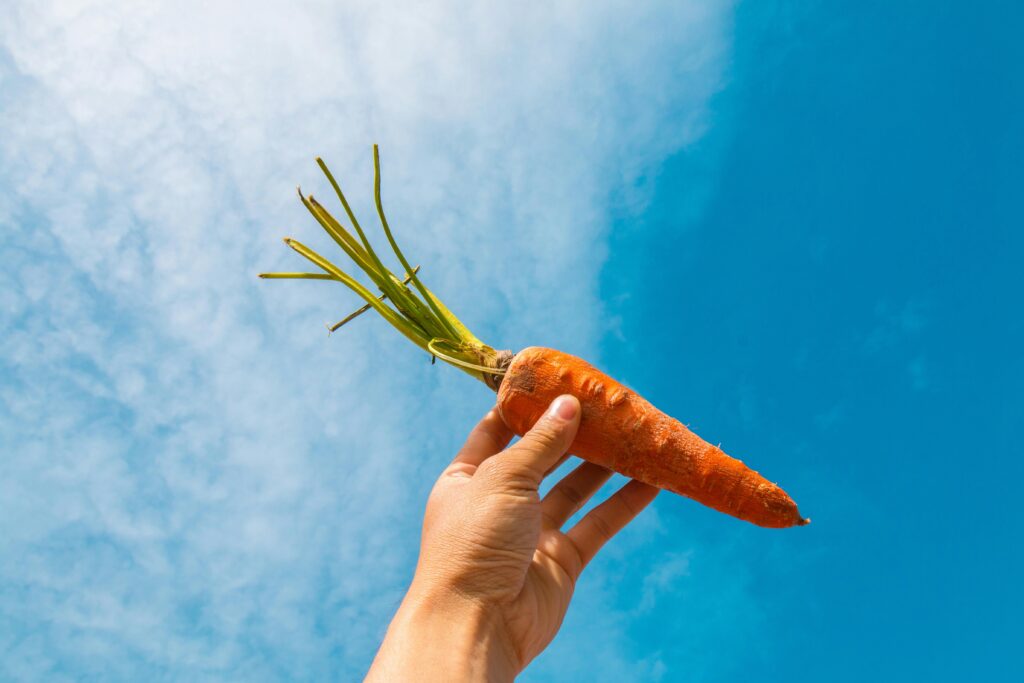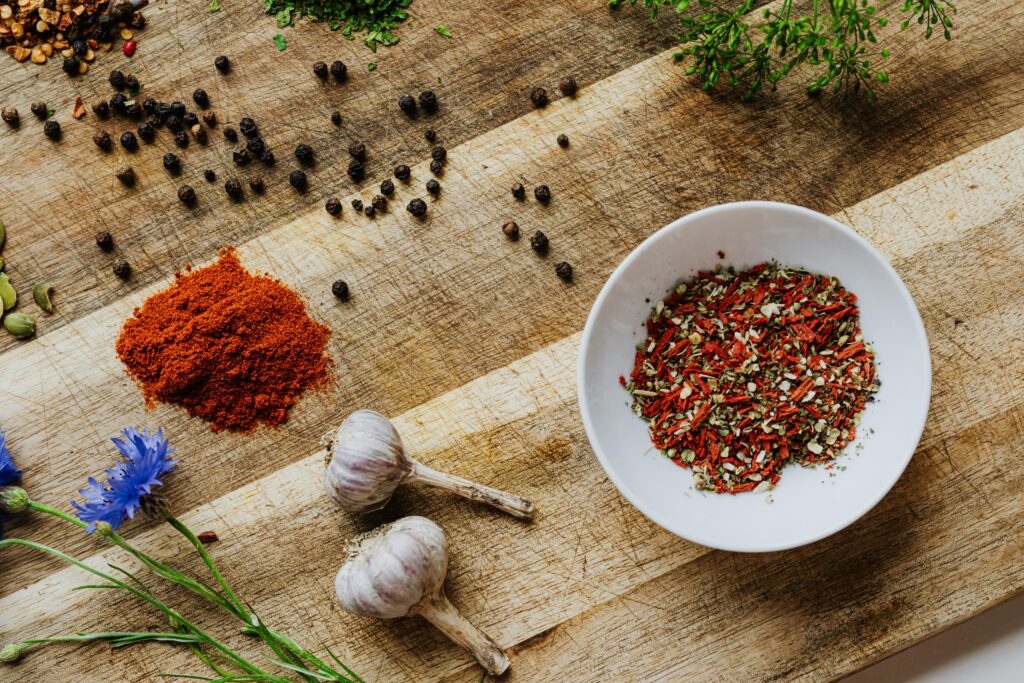Table of Contents
Introduction
The Thai Constellation Monstera has captured the hearts of plant enthusiasts around the world, becoming a coveted addition to many indoor gardens. Its unique variegation, mimicking a starry night, sets it apart from other houseplants and adds a touch of elegance to any space. Unlike its green counterparts, the Thai Constellation Monstera boasts creamy-white splashes and spots on its large, glossy leaves, creating a stunning visual impact.
This introduction to the exotic world of the Thai Constellation Monstera will guide you through its care, propagation, and the reasons behind its soaring popularity. Whether you are a seasoned plant collector or a novice seeking to add a statement piece to your indoor jungle, understanding the allure and requirements of this variegated beauty will enhance your gardening journey.
History and Origin
The Thai Constellation Monstera, a stunning variant of the Monstera deliciosa, traces its roots back to specialized breeding programs aimed at creating visually striking houseplants. Unlike its wild relatives that thrive in the tropical forests of Central and South America, the Thai Constellation is the product of careful cultivation. Its name draws inspiration from the variegated patterns that resemble constellations against the night sky, a characteristic that has made it a standout species among plant enthusiasts. This plant’s creation was no accident; it was developed to bring a piece of the exotic and untamed jungle into the home, marrying the wildness of the Monstera deliciosa with a celestial twist.
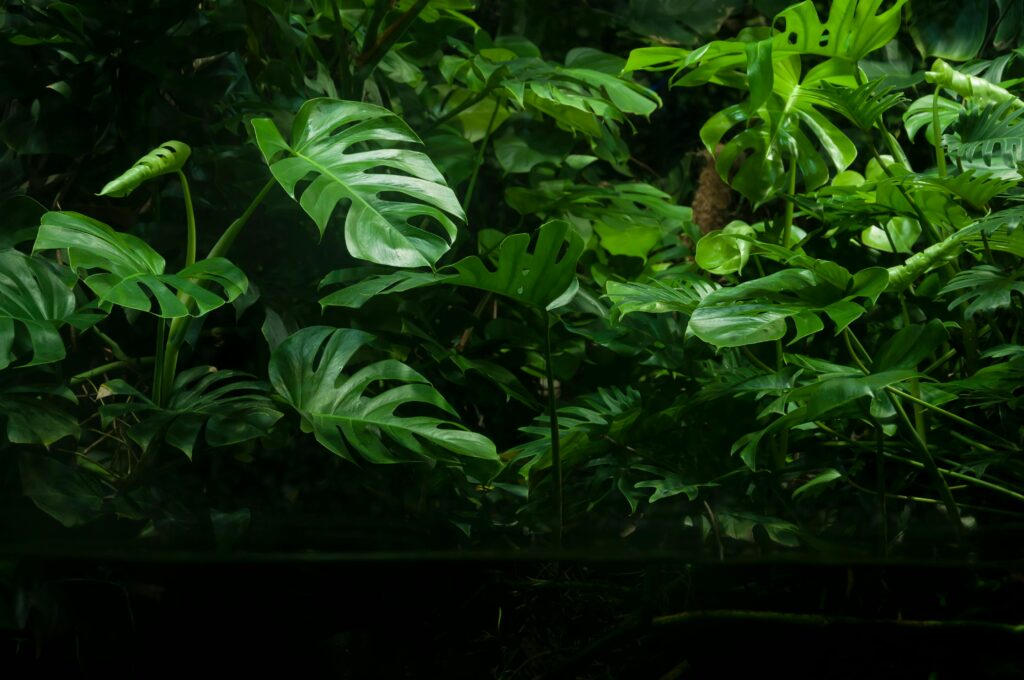
Why is the Thai Constellation Monstera So Special?
The appeal of the Thai Constellation Monstera lies in its mesmerizing variegation. Each leaf is a unique canvas, painted with splashes of creamy white and green, ensuring no two plants are exactly alike. This variegation is not just aesthetically pleasing; it is also a symbol of rarity in the plant world, making each specimen highly sought after. The plant’s ability to adapt to indoor environments, coupled with its striking appearance, makes it a perfect addition for those looking to elevate their interior decor. The Thai Constellation Monstera does more than just beautify spaces; it brings a touch of nature’s unpredictability and artistry into the home.
Caring for Your Thai Constellation Monstera
Light Requirements
The Thai Constellation Monstera thrives in bright, indirect light. Direct sunlight can scorch its leaves, while too little light may reduce the vibrancy of its variegation. A spot near an east or south-facing window, shielded by sheer curtains, can provide the ideal lighting conditions.
Watering Schedule
Watering should be done when the top inch of soil becomes dry to the touch. This plant prefers consistency, avoiding both overwatering and under-watering, to maintain its health and variegation. Using room-temperature water can prevent shock to the roots, promoting steady growth.
Soil and Repotting
A well-draining, peat-based potting mix is ideal for the Thai Constellation Monstera, allowing for adequate drainage and preventing root rot. Repotting every 2-3 years, or when the plant outgrows its current pot, can support its continued growth.
Temperature and Humidity
This tropical plant enjoys warmth and humidity, thriving in temperatures between 65°F and 85°F (18°C to 29°C). A humidifier or a pebble tray with water can help in maintaining the high humidity levels it loves.
Pruning and Maintenance
Regular pruning helps in shaping the plant and encouraging fuller growth. Removing yellow or damaged leaves not only improves its appearance but also promotes the health of the Thai Constellation Monstera.
Propagating the Thai Constellation Monstera
Propagating the Thai Constellation Monstera offers a rewarding experience, allowing enthusiasts to multiply their collection or share this stunning plant with friends. The most common method involves stem cuttings, which can be rooted in water or directly in soil. To ensure success, choose a healthy stem with at least one node and a couple of leaves. If propagating in water, place the cutting in a jar filled with room-temperature water, ensuring the node is submerged. Change the water weekly to prevent stagnation.
For soil propagation, plant the cutting in moist, well-draining potting mix, covering the node. Both methods require patience and consistent care, with roots typically forming within a few weeks. Once established, these new plants will bring the same joy and beauty as the original specimen, continuing the legacy of the Thai Constellation Monstera in homes and collections.

Common Challenges and Solutions
Even the most experienced plant parents can face challenges with the Thai Constellation Monstera, but most issues are manageable with the right knowledge and care.
Pests and Diseases
Pests such as spider mites and mealybugs can be deterred by regular leaf inspections and cleaning. Neem oil or insecticidal soap can be effective treatments for infestations. Diseases, often due to overwatering, can be prevented by ensuring proper drainage and not letting water sit on the leaves or in the saucer beneath the pot.
Variegation Loss
To maintain the distinctive variegation, provide sufficient indirect light. Lack of light can lead to more green than variegated leaves. If variegation begins to fade, adjusting the plant’s location may help restore its unique pattern.
Styling With Constellation Monstera
Incorporating the Thai Constellation Monstera into your home decor not only brings a piece of nature indoors but also adds a touch of sophistication. Its striking appearance makes it a focal point in any room. Place it in a bright, well-lit area where its beauty can be fully appreciated. Pairing it with simpler, green-leafed plants can highlight its variegation, creating a captivating contrast. Consider using a stylish pot that complements both the plant and your interior design aesthetic, enhancing the overall look and feel of your space.
The Future
As interest in houseplants continues to grow, the Thai Constellation Monstera remains at the forefront of plant fashion. Its unique beauty and the care it requires resonate with both novice and experienced plant enthusiasts, securing its place in the future of home decor. With ongoing advancements in plant breeding, we may see new variants that build on the appeal of the Thai Constellation, offering even more diversity for collectors. Yet, the original Thai Constellation Monstera will likely remain a beloved classic, cherished for its celestial-inspired beauty and the joy it brings to plant lovers worldwide.
Watering Orchids with Ice Cubes: A Beginner’s Guide to Perfect Orchid Care
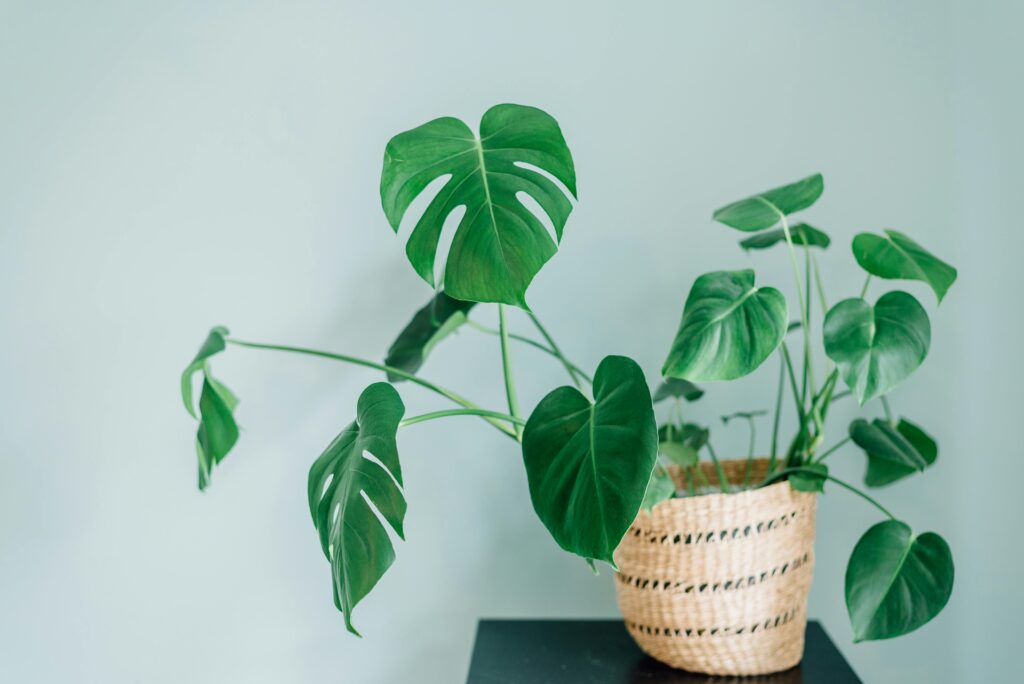
FAQ Section
How Often Should I Water My Constellation Monstera?
The Thai Constellation Monstera prefers the soil to slightly dry out between waterings. Typically, watering once a week is sufficient, but this can vary depending on the humidity and temperature of your home. It’s essential to check the top inch of the soil; if it’s dry, it’s time to water your plant. Ensuring a proper watering schedule will keep your Monstera healthy and vibrant.
Can the Thai Constellation Monstera Tolerate Low Light?
While the Thai Constellation Monstera can tolerate lower light conditions than many other plants, insufficient light may lead to reduced variegation and slower growth. For optimal color and growth, place it in a location that receives bright, indirect sunlight. If you’re limited on natural light, consider using grow lights to supplement.
How Do I Keep the Leaves of My Constellation Monstera Shiny?
To keep the leaves glossy and vibrant, regularly clean them with a soft, damp cloth to remove dust and potential pests. This not only enhances the plant’s appearance but also supports its health by allowing better photosynthesis. Additionally, a mild leaf shine product can be used sparingly to add extra gloss, but ensure it’s suitable for variegated leaves.
Is the Thai Constellation Monstera Pet Safe?
The Thai Constellation Monstera contains calcium oxalate crystals, which can be toxic to pets if ingested. It’s advisable to keep the plant out of reach of curious pets to prevent any accidental ingestion, ensuring both your plant and your furry friends stay safe.
Why is My Constellation Monstera Not Producing New Leaves?
Several factors can contribute to a Thai Constellation Monstera not producing new growth, including insufficient light, improper watering, or lack of nutrients. Ensure your plant is receiving bright, indirect light, is watered correctly, and consider feeding it with a balanced, water-soluble fertilizer during the growing season to encourage new leaves.



